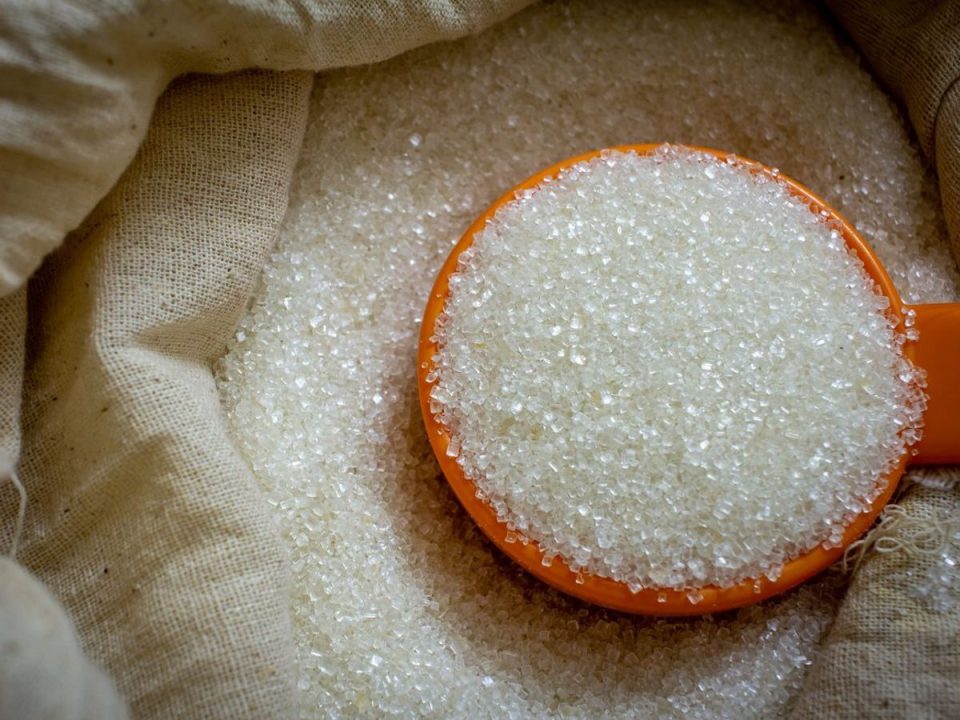The Indian government has decided to continue its restrictions on sugar exports beyond October, aiming to maintain stable prices within the country and ensure enough stock for future needs. These restrictions cover various types of sugar, including raw sugar, white sugar, refined sugar, and organic sugar. The Directorate General of Foreign Trade (DGFT) issued a notification, extending these restrictions until further notice, without specifying an end date. However, it’s important to note that these restrictions don’t apply to sugar exports sent to the European Union and the United States under specific quota systems. India, being a major sugar producer, faces a challenge this year due to a weak monsoon affecting sugarcane harvests in key regions like Maharashtra and Karnataka. This situation led to the government’s decision to limit sugar exports in the 2023-24 season (October-September). Despite concerns about the impact on the sugar industry, the extension of these restrictions was expected due to the weak monsoon’s effect on production.
As of now, the average retail sugar price in India stands at ₹43.99 per kilogram, showing a slight increase from the previous month. The government anticipates a decline in sugar output due to the remarkable disrupts monsoon rains, causing notable changes in weather patterns and affecting agricultural and ecological systems. To counter this, India has set a target to produce 4.5 million tonnes of ethanol from sugar this season, slightly higher than the previous year. This move aims to maintain stable domestic sugar prices and create a buffer for future seasons. These export restrictions were first imposed in June of the previous year when sugar mills had already used up their export quotas. The government didn’t allocate additional quotas to ensure sufficient domestic stocks, especially during the festival period when sugar demand is high.
India’s position as the world’s largest sugar producer and second-largest exporter, surpassing Brazil in the 2021-22 season, led to the implementation of export controls and a mill-wise quota system. At the end of the 2022-23 crop year, local sugar mills had shipped out a total of 6.2 million tonnes of sugar through exports. The government’s decision to extend export restrictions reflects a cautious approach, considering both domestic demand and the challenges posed by unpredictable weather patterns. The Indian government’s decision to extend sugar export restrictions aims to safeguard domestic supply, stabilize prices, and prepare for potential challenges in the coming seasons. This move underscores the government’s proactive measures to balance the needs of the domestic market with its role as a major player in the global sugar industry.

